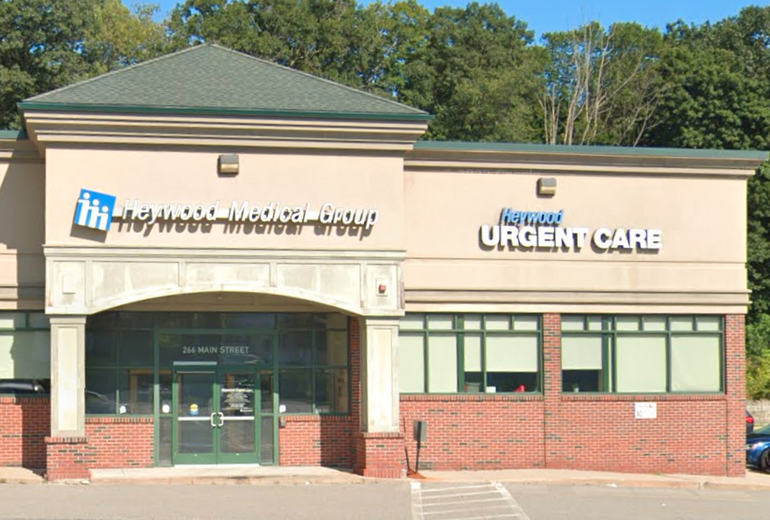In the past decade, and especially in the years since the pandemic hit, urgent care centers have become an integral part of health care system. But the rapidly expanding centers lack standardized oversight from the state, officials said Wednesday, and the top public health official in Massachusetts feels it may be time for that to change.
More and more patients have turned to walk-in appointments at these clinics for issues such as colds or sprains, where they may have previously either gone to the emergency department or made an appointment with their doctor.
“Over the past five years, and certainly during the COVID-19 pandemic, we saw a lot of changes in how health care is accessed, and therefore how it has impacted our health system capacity. Namely, we’ve seen more urgent care centers opening and more people seeking their health care, both routine and urgent, through emergent care through our urgent care centers and through our emergency departments,” said Katherine Fillo, deputy bureau director for clinical and health care systems quality at the DPH, during a Public Health Council meeting on Wednesday.
At the same time, hospital stays have gotten longer, as workforce shortages have limited the number of patients nurses and doctors can care for at a time. Limited staffing in rehab facilities has also contributed to the backlog in hospitals, as patients stay longer in inpatient settings waiting for a spot to open up.
Those without a life threatening illness or injury may turn to urgent care to avoid long waits or high costs. Even prior to the COVID-19 pandemic, Bay Staters were turning away from emergency department care, driven in part by the emergence of alternatives like these facilities.
Before COVID, 2019 marked the fourth straight year of decline for the state’s emergency department use rate, which stood at 367 visits per 1,000 residents in 2016, 358 in 2017, and 357 in 2018.
Meanwhile, DPH reports that the number of urgent care centers rose from 18 in 2010 to 173 across Massachusetts by the end of 2021.
The most common reasons for care at urgent care settings are respiratory infection, urinary tract infections, pain, rash, bites and stings, according to the department.
Despite the increasing reliance on these centers as an important part of the state’s health care system, the patchwork of regulatory oversight has led to limited data about the centers.
“We do think that there’s a role for the department to play in regulating what is happening, particularly because it would give us access to data, which is really important for us to understand what’s happening across the state,” said DPH Commissioner Robbie Goldstein.
In 2018, only 16 urgent care facilities — about 10 percent of all the centers in the state at the time — reported data to the U.S. Center of Disease Control, which the DPH accesses. That number has grown to 44 reporting facilities by the end of 2023, an estimated 25 percent, according to the department.
While there is no standard for oversight of these centers, urgent cares must be licensed through the state as a clinic or hospital satellite before they start providing services, though there’s a limited definition of what exactly an urgent care is.
In a presentation to the Public Health Council on Wednesday, Fillo recommended the DPH create a standard licensure to “apply care standards and improve quality of care,” as well as to ensure the state has uniform quality-of-care data coming out of these centers.
“There is a critical role for the department to play in urgent care to make sure we have high quality services at the right cost, available to all residents in the commonwealth,” Goldstein said.

